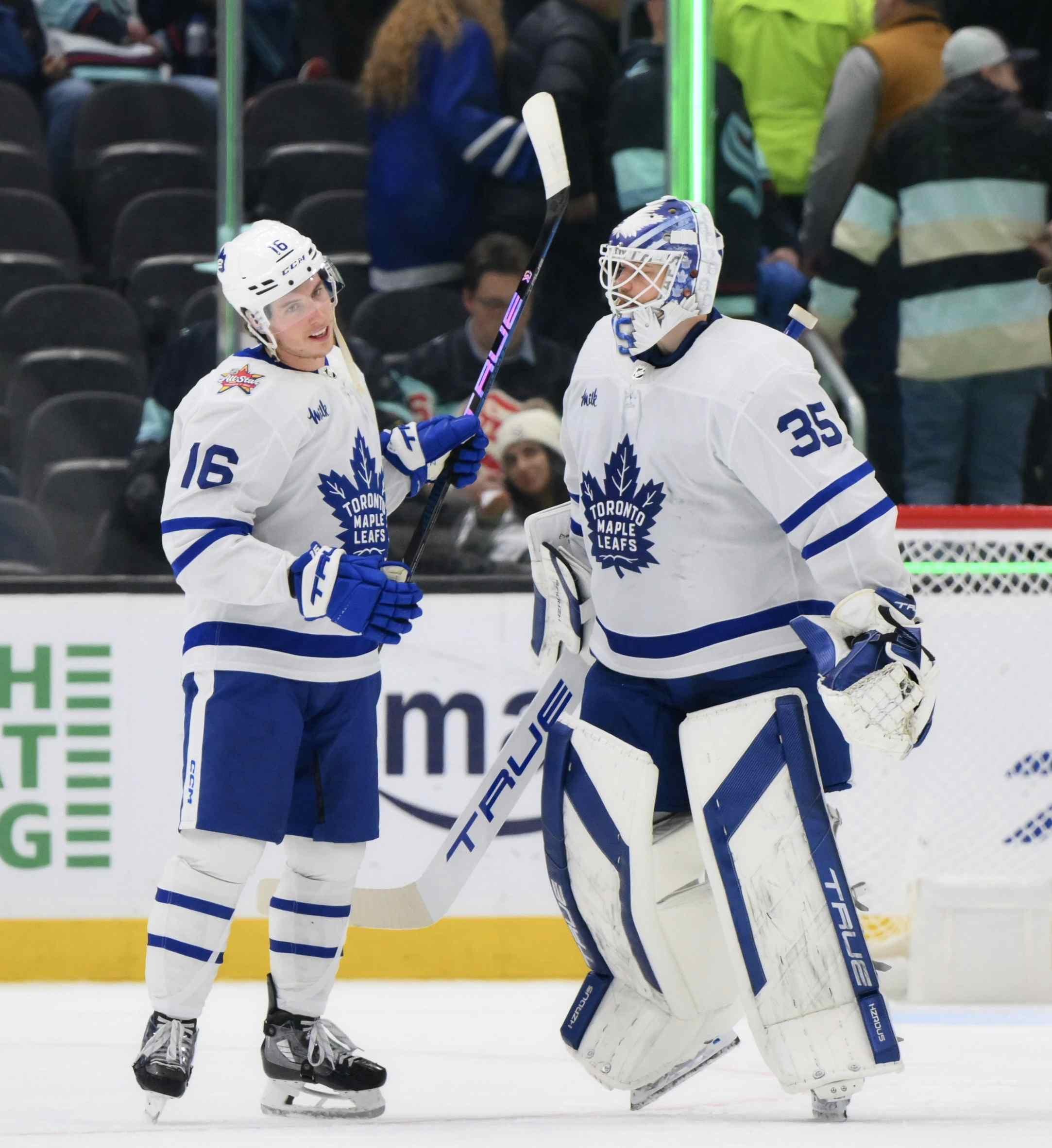The Josh Leivo Situation Sets A Bad Precedent

Photo Credit: Christian Bonin/TSGPhoto.com
The Toronto Maple Leafs recalled Josh Leivo from a five-game conditioning stint on Sunday. They had no choice; after using their extension, he had to be back after Saturday’s Toronto Marlies game against the St. John’s IceCaps. That would have put the Leafs at 24 men, one more than the limit, so many wondered what was next. Some noticed Nikita Soshnikov wasn’t on the official roster page, and assumed he’d get sent down on paper while a decision was made.
Monday morning rolls around. Josh Leivo isn’t healthy enough to play.
It’s an absurd situation, quite honestly. In speaking to the media after Leivo’s last game, Marlies coach Sheldon Keefe mentioned that Leivo, despite an inopportune pocket of the schedule, was able to integrate himself into his former locker room, work non-stop to get better, and eventually got his conditioning back up, believing him ready to play.
Suddenly, you have Babcock. Not fit to play. Fit enough to practice, but too injured to play. But where do you draw the line?
The reality of the matter is that Leivo played all five of his available games. He didn’t sit out chunks, or leave any of them early; he was part of the regular lineup playing regular minutes, often drawing in with Kasperi Kapanen and Frederik Gauthier and seeing some powerplay time as well.
Did he look great? No, not really: eleven shots on goal, six penalty minutes, and no points is a far cry from the 3+ shots per game he averaged last season and point-per-game pace that matched it. But he played the games, and at no point looked broken.
What makes him too hurt to play in the NHL? It’s not like the American Hockey League is non-contact, or like the Leafs don’t have control of the coaches, medical staff, or anything of the sort down below. Unless you’re to say that Leivo injured himself in the closing moments on Saturday (something which I didn’t see occur), can you say that a player is healthy enough to play in one league, but not healthy enough for whenever?
Such a statement is a slippery slope. If the Leafs can get away with this until further notice, effectively arguing that their borderline NHL/AHL player is physically capable of playing a hockey game but not conditioned enough to play in against world-class talent, at what point do other teams start using this “loophole” to keep up their waiver exempt talent? Sure, you risk them not getting games in, but if you think you’re going to lose the player to begin with, what does that matter to you?
This is perhaps the sketchiest of all the Leafs’ shady IR moves in the Lamoriello era. We all know that Nathan Horton is actually hurt. Stephane Robidas, technically speaking, has never even been on “Robidas Island”, so there’s never been any cap incentive for him being out. Frank Corrado’s 2015/16 shenanigans made sense as soon as he actually talked about it and mentioned that he didn’t get the proper time to rehab his AHL playoff injuries from the year before; he started playing regular minutes right after his conditioning stint happened. Jared Cowen’s buyout case rests on a decision that Cowen himself made after being cleared to play, and the idea of Joffrey Lupul being freakishly hurt in a weird spot isn’t even remotely surprising anymore.
But this is a bad look. Either the team played a player in the AHL when they didn’t, or they’re setting a precedent that not being good enough yet can be considered an injury. Obviously, Leafs fans will want this to work out for the Leafs, and “Loophole Lou is at it again” will be a common statement in the coming days, but sometimes you wonder when the limits are being pushed.
Especially when we’re talking about a player who will probably clear waivers if they place him there whenever. After all, it’s late November, his first 5 AHL games were disappointing, he’s 23-years-old, and apparently he’s broken.
Recent articles from Jeff Veillette





